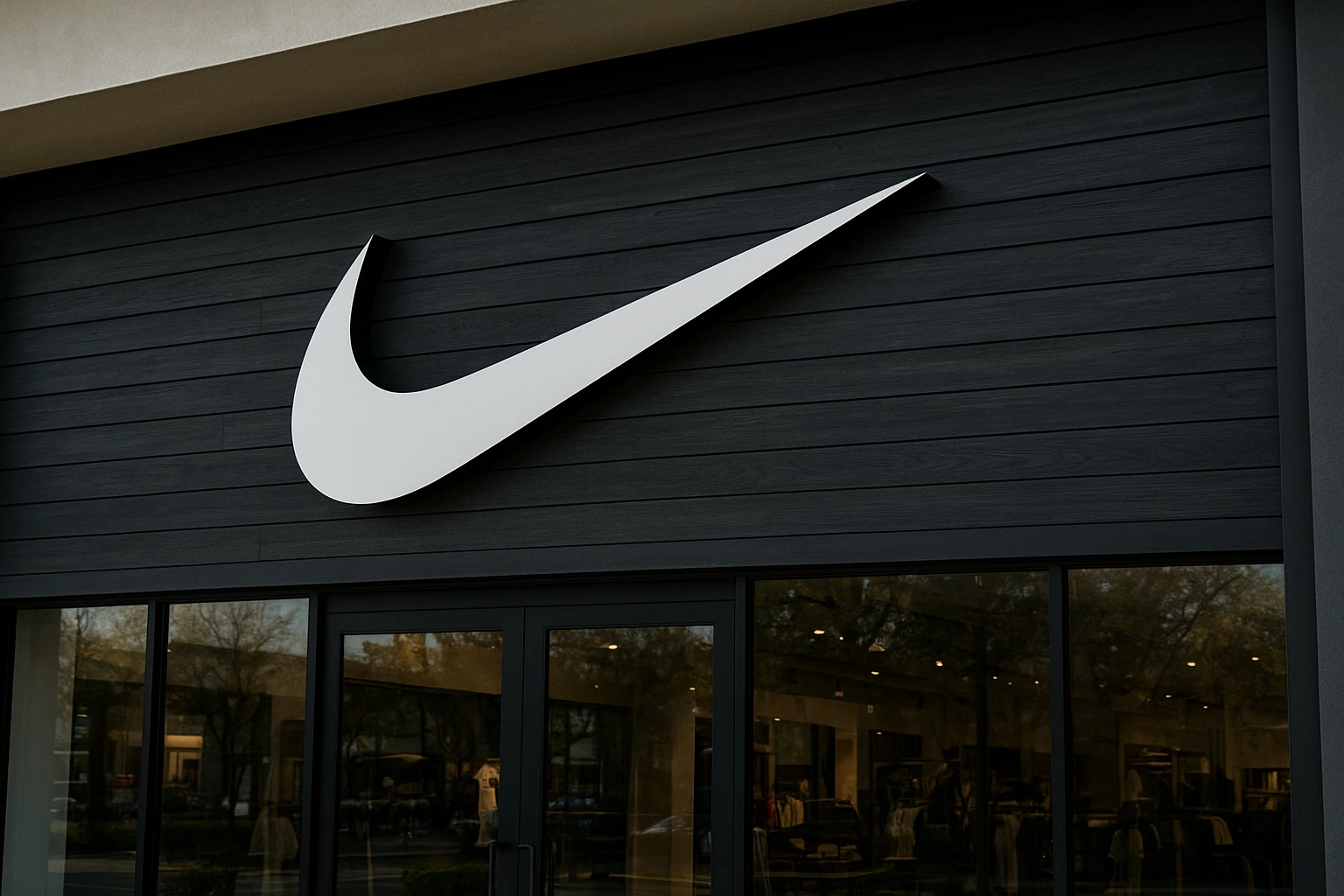BEAVERTON, Ore. — Nike Inc. reported Tuesday that its quarterly profit dropped 31 percent despite a modest increase in revenue, as the sportswear giant continues to navigate rising costs and execute a broad turnaround strategy under its relatively new leadership.
The footwear and apparel company said net income for the quarter ended Aug. 31 fell to $700 million, down from $1.01 billion a year earlier. Revenue edged up 2 percent to $13.4 billion, reflecting growth in wholesale partnerships and modest gains in international markets.
Elliott Hill, who took over as chief executive last year, said the results underscore the challenges of reshaping Nike’s business amid shifting consumer trends and global economic uncertainty.
Nike, based in Beaverton, has spent the past year revamping its operations following a series of missteps that dented market share and strained relationships with wholesale partners.
The company had previously emphasized a direct to consumer strategy, closing some retail accounts and focusing on its own stores and digital channels.
Under Hill, Nike has reversed course, pledging to restore balance between its wholesale and direct sales. In June, the company announced a return to a sport specific structure, moving away from the consumer category model established by former CEO John Donahoe.
Nike remains an iconic brand, but the shift back to performance sports is a recognition that the company drifted too far from its core, said Sarah Kline, a retail analyst at Morningbridge Partners.
Analysts say the company’s performance reflects a transition period that may last several quarters. Rising product costs, elevated tariffs, and inventory adjustments have pressured margins, even as revenue shows signs of stabilization.
Progress will not be linear, Nike Chief Financial Officer Matthew Friend said in a statement. “While we navigate several external headwinds, our teams are focused on executing against what we can control.”
Retail experts note that Nike’s profitability has been squeezed by higher logistics expenses and currency fluctuations, particularly in Asia and Europe. Meanwhile, increased competition from rivals such as Adidas and emerging brands like Hoka and On Running has intensified market pressures.
Consumers are looking for innovation and authenticity, said Mark Jennings, a footwear industry consultant. “Nike’s renewed emphasis on performance sports could help it reconnect with loyal customers, but it takes time to rebuild momentum.”
The company reported that inventories fell 2 percent compared with the same quarter last year, signaling progress in supply chain management after several quarters of elevated stock levels. Wholesale revenue grew 7 percent, while direct to consumer sales remained flat.
Gross margin declined 180 basis points to 42.1 percent, reflecting increased input costs and promotional activity aimed at clearing older inventory. Operating expenses rose 5 percent as Nike invested in restructuring and marketing for upcoming product launches.
By comparison, Adidas recently reported a 6 percent increase in quarterly revenue and a modest improvement in profit, buoyed by strong demand in Europe and the United States.
Smaller players such as On Holding AG have reported double digit growth, highlighting the fragmented and competitive nature of the athletic footwear market.
In Nike’s hometown of Beaverton, employees and local suppliers remain cautiously optimistic about the company’s direction.
It’s been a challenging year, but there’s a renewed focus inside the company, said Maria Lopez, a supply chain coordinator who has worked at Nike for six years. “Leadership is communicating more clearly about priorities.”
Retailers, too, are watching closely. We’re starting to see more collaboration from Nike, said Jason Patel, owner of a Portland based sporting goods store. They’re bringing back some classic lines and offering better support for small retailers.
Investors responded mildly to the report. Shares rose 1.3 percent in after hours trading Tuesday, reflecting cautious optimism about Nike’s progress.
Nike executives signaled that recovery efforts will extend into 2025 as the company continues to reshape its portfolio and reengage with core sports categories such as running, basketball, and training.
Hill has outlined plans to streamline operations, reduce redundancies, and invest in product innovation. The company is also focusing on sustainability and digital integration, aiming to strengthen consumer loyalty through personalized experiences.
Nike has the brand power and resources to rebound, Kline said. But restoring profitability and growth will require disciplined execution and patience.
The company is set to provide further updates during its investor day in December, where analysts expect additional details on capital allocation, innovation pipelines, and regional strategies.
Nike’s latest results reflect a company in transition balancing short term financial pressures with long term strategic goals. While profit declined sharply, modest revenue growth and improving inventory levels suggest early signs of stabilization.
Industry observers agree that Nike’s turnaround hinges on its ability to return to its performance roots, rebuild trust with wholesale partners, and deliver compelling products in a crowded marketplace.

